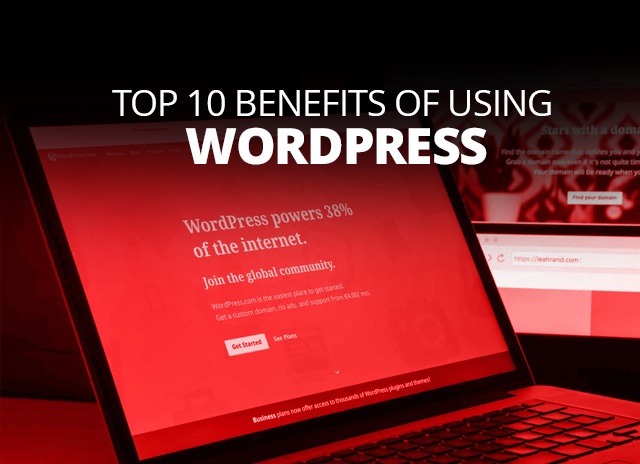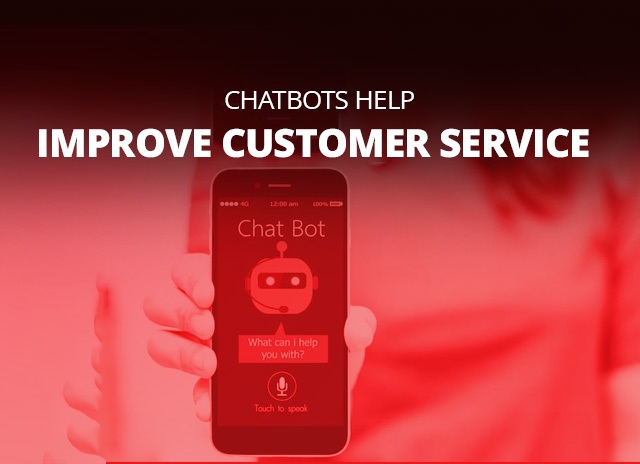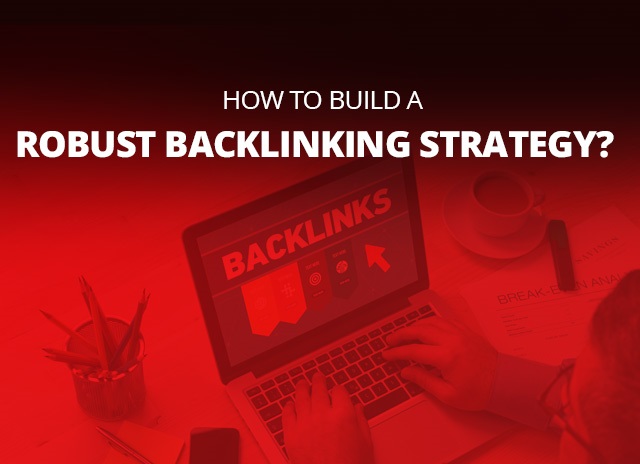10 Digital Challenges for SME’s
Technological advancements are happening daily all across the globe. There will always be room for improvement no matter how advanced the company may be. Small and Medium Enterprises are an important part of an economy as they provide employment, supplement other large companies, and accelerate the growth of any nation.
In the initial years of business, small companies face a lot of challenges which are at times very hard to overcome. Having said that, many of these problems and challenges can be fixed. What one needs is to take time to understand the pain points, re-think the strategy, and come up with solutions to fix them.
Let us look at some of the common digital challenges faced by small and medium enterprises and how these can be addressed:
- Finding customers – This is a huge challenge that any company faces. Marketers work hard in every company to bring in new customers but this problem is amplified in the case of SMEs’ as they are not a household name. There are many channels that they can choose from but which one to prioritize is the real question. To address these challenges, companies need to focus on building buyer personas to get an understanding of their target customers. Based on these buyer personas, the content should be created to get in front of the target audience online with messages that they care about.
- Increase brand awareness – The target customers need to know who you are for them to buy from you. Strategies need to be adopted not only to spread the word about the brand but also to work towards building a good reputation for the company. There are many ways of creating brand awareness with activities focussed on PR, blogging, and co-marketing. PR activities should focus on finding a voice and place for the brand in the market. Partnering with other brands can help SMEs’ inherit some of the reputation and image and create brand evangelists. It works well to gain new contacts along with organic marketing activities. Maintaining a high-quality blog helps in building brand awareness and helps drive traffic to the website. This traffic can be converted into leads. Blogs also help in establishing authority in the industry and trust.
- Building an email list – To convert prospects into loyal customers, the companies need to focus their efforts on building trust and provide value consistently. For this, companies need to build an email list with all the prospective clients. This should be done by having an opt-in email list which is mainly made up of subscribers who voluntarily share their email addresses for companies to send out emails to them. Blogs can also contribute to building the email list. Great content makes it easy for people to subscribe, build search authority, and increase the online presence.
- Lead generation – Another challenge that the SMEs’ face is generating leads, especially high-quality ones that convert. A good lead generation strategy is what turns website visitors into prospective customers. To make this process work smoothly, the website needs to be optimized for conversions. Prioritize the most popular pages of the website like the homepage, the “About” page, and the “Contact Us” page. The next step involves implementing conversion tools such as pop-ups, Slide-ins, and taking advantage of the free lead generation management software and apps.
- New Digital Marketing Avenues – Webinars continue to be the most efficient, and fastest way to use digital marketing to generate more profits. Webinars have become the best way to reach and engage an audience. Over 60% of B2B Marketers are already using webinars as part of a lead nurture campaign. More than 75% of digital marketers believe that webinars are the most effective or among the top content marketing strategies available.
- Delighting customers – Customer delight is as important as customer satisfaction. It is the delighted customer that comes back to buy again, write testimonials, and refer a brand/ company to people. This requires brands to focus their energy not only on satisfying customers but also go beyond their expectations and deliver an extraordinary experience. Efforts need to be made to understand why a customer selects to for their needs, set expectations at the start of the engagement with customers, and then ensure that you can deliver on those expectations. Brands should look at ways to innovate to provide unexpected benefits and measure customer satisfaction.
- Employing talented people – To achieve success the brands need to have a competitive and talented team that understands the company vision and supports the efforts. Hiring is often one of the biggest challenges for SMEs’ as hiring new employees is a complex process and the cost of onboarding is usually high. Hence, time should be invested in the careful screening of resumes to not just find good ones but try and get to the great ones. Creating candidate personas for each role not only lays out the traits you are looking for but also defines the company culture.
- Managing workflow – Having the right people is not enough. The workflow needs to be managed with scaling up of operations. one needs to ensure that the team has the necessary tools and processes in place to work efficiently. To overcome any roadblocks that the team faces, there should be a proper channel to provide feedback. This can be done through employee satisfaction surveys, one-on-one meetings, occasional sip-level meetings, pinpointing the threats to the business and that issues that create roadblocks in their roles.
- Financial planning g– to create smooth operations, the companies should focus on providing resources. The main challenge is the budget restrictions face by SMEs’ which are based on revenue and margin. With budget restrictions, it is a big ask to improve efficiency. However, this can be handled by some good decision-making which is based on financial planning. The focus should be on cutting costs wherever it is possible and manage the cash flow.
- Scaling– it is one of the toughest things to do as it is important in every area of business. Companies are faced with the problem of either building scalability early which can overwhelm the team members who may still be getting trained.
These are just some of the digital challenges faced by SME’s today. With proper planning and strategy in place, these can be overcome to become successful in the long run.












